Timmy Brown's life was a series of challenges.
Born in Knightstown, Indiana, Brown grew up in an orphanage with his brother, John. He earned a partial athletic scholarship to Ball State and was a 27th-round draft pick of the Green Bay Packers. He was cut by coach Vince Lombardi after playing just one game.
"I remember thinking, 'OK, what do I do now? Where do I go?" Brown said.
He came to Philadelphia, where he became an NFL Champion and an Eagles Hall of Famer.
"I was blessed," Brown said. "I finally had a home and it was Philadelphia."
Brown died Saturday at the age of 82. He was living with his son Sean in Southern California. The two made the trip to Philadelphia in 2015 when Timmy was inducted into the Philadelphia Sports Hall of Fame. Sean helped his ailing father finish his acceptance speech, a touching moment that moved many in the audience to tears.
"Timmy Brown was an all-time great Eagle and one of the most dynamic multipurpose players of his era. He overcame many obstacles in his life to enjoy success both as an athlete and as an entertainer," Chairman and CEO Jeffrey Lurie said. "A three-time Pro Bowler and member of our 1960 NFL Championship team, Timmy excelled as a running back and return specialist with his incredible athleticism and signature versatility. He was one of the most exciting players to watch during his career. Those who knew him well have said they will remember him for his outgoing, uplifting personality and the connections he built with his teammates and the community. Our thoughts are with his loved ones during this time."
Brown earned a spot on the 1960 Eagles championship team as a kick returner and soon developed into one of the NFL's most dynamic offensive players. He led the league in all-purpose yardage in 1962 and '63. He had 2,425 combined yards in 1963 (rushing, receiving, and kick returns), a remarkable feat considering it was a 14-game regular season and the Eagles were a hapless 2-10-2 team.
He is the Eagles' all-time leader in average yards per touch (6.52) and he still holds the franchise record for most kickoff returns (169), most kickoff return yards (4,483), and most kickoff returns for touchdowns (5). He was the first NFL player to return two kickoffs for touchdowns in the same game. He accomplished the feat in a 24-23 upset win over Dallas at Franklin Field on November 6, 1966.
"In those years, the Eagles didn't have too many (good) players," Dallas Hall of Famer Bob Lilly said. "We'd spend the whole week talking about how we had to stop Brown and he'd still find a way to hurt us either by running the ball or returning a kick. I can't tell you how many times I thought I had him and wound up tackling nothing but air."
"Timmy was a Gale Sayers-type back," said Pete Retzlaff, the Eagles Hall of Fame tight end. "He was very quick with a knack for finding daylight. He had great hands. He would be sensational in today's game. Spread the offense, throw him the ball and watch him go."
"It was a slow process, convincing people I belonged in the NFL," Brown said. "When I finally got to show what I could do, their reaction was, 'Gee, what a surprise.' That's the price you pay for coming out of a small college and going late in the draft. You get labeled as a fringe player."
Brown was 5-11 and 190 pounds when he reported to the Packers' Training Camp in 1959. Lombardi, then in his first season as head coach, had his doubts about where Brown would fit into a backfield that already included future Hall of Famers Paul Hornung and Jim Taylor.
"When I walked in his office, Coach Lombardi looked me up and down and said, 'You don't look like a football player,'" Brown said. "I asked him, 'Well, sir, what does a football player look like?' He thought I was being cocky but I really wasn't. I just didn't know what he meant. But I guess we got off on the wrong foot."
One game into the season, Lombardi released Brown, who was claimed by the Eagles. He made the active roster in 1960 and helped the team win the NFL Championship with a 17-13 victory over Lombardi's Packers. Brown became frustrated the following season because he did not have a bigger role in the offense. He had just 50 rushing attempts and 14 receptions even though he averaged 6.8 yards per carry and a team-high 18.9 yards per catch. He also averaged 15.6 yards on punt returns and 28 yards on kickoffs.
"I almost quit I was so frustrated," Brown said. "We won the championship in '60 and that was great. We just missed winning the division again the next year, fine. But I wasn't playing except for special teams. I felt like I was wasting my time.
"I really thought about not coming back in '62 but I was living with a family on Pine Street and the lady – she was like my mother – told me to give it another shot. She said things would break my way and she was right. That season (Head Coach Nick) Skorich finally gave me the ball. I think the only reason he did it was because the fans at Franklin Field were chanting, 'We want Brown.'"
That season the Franklin Field fans were desperate for some excitement because the Eagles had tumbled into the Eastern Conference basement with a 3-10-1 record. Brown was the team's only ray of hope, scoring 13 touchdowns (five rushing, six receiving, two on kick returns). He was voted into the first of his three Pro Bowls.
It was Brown's misfortune to blossom as a player just at the time the Eagles were collapsing as a team. He led the team in rushing four of five years but the Eagles could only manage one winning season in that time. He was also overshadowed by being Timmy Brown at a time when Jimmy Brown was setting records in Cleveland.
"If Timmy played in Green Bay or Oakland, there's no telling what kind of numbers he would've put up," said Ron Medved, a safety on those Eagles teams. "He just didn't have the supporting cast in Philadelphia. It was a shame. There was no prettier, no shiftier or more versatile runner in the league. He put up great numbers in Philadelphia, but he would've set (NFL) records with a better team."
Brown was the central figure in a 1967 game that is cited as the start of the Eagles-Cowboys rivalry. Brown, who tormented the Cowboys throughout the '60s, swung out of the backfield to catch a pass. The ball was overthrown but linebacker Lee Roy Jordan came in late and hit Brown in the face with his elbow. Brown suffered a broken jaw and lost nine teeth. He also sustained a concussion.
"It was the dirtiest blow I ever had," Brown said. "He (Jordan) knew what he was doing."
The cheap shot turned the Eagles-Cowboys series into a blood feud that continues to this day.
"The game was a lot tougher in those days," Brown said. "I had my head taken off lots of times. There is a lot of arm tackling now. I'd love to give it a shot today. Take me back (in time), give me one year. I'd do it for free."
Brown played eight seasons with the Eagles before he was traded to Baltimore in 1968 for Alvin Haymond. Brown ranks seventh in Eagles history for total yards from scrimmage (7,049), eighth in rushing (3,703 yards), seventh in rushing touchdowns (29), and sixth in total touchdowns (62). He was inducted into the Eagles Hall of Fame in 1990.
He played one season with the Colts and his final game was Super Bowl III against the New York Jets. After retiring from football, Brown went to Hollywood and became an actor. He landed roles in several Robert Altman films, including M*A*S*H and Nashville. He appeared in more than 20 movies and TV shows in his acting career.
Brown dedicated his later years to working with young people as a probation officer in Los Angeles. He spent more than 15 years working at the Camp Kilpatrick Juvenile Detention Center. Brown said his own upbringing as an orphan helped him relate to the teens that came to the center.
"I knew what those kids needed and they respected me," Brown said. "I didn't treat them like criminals like other people did. They knew I came from the same places they came from."
Asked for his fondest memory of playing in the NFL, Brown said it was the opportunity to play with some great players and earn their respect.
"To have a Sonny Jurgensen say, 'You can play on my team anytime,'" Brown said. "To have a Chuck Bednarik say, 'You are one helluva football player.' I'll take that to my grave."
An award-winning writer and producer, Ray Didinger was inducted into the Pro Football Hall of Fame in 1995. He has also won six Emmy Awards for his work as a writer and producer at NFL Films. The five-time Pennsylvania Sportswriter of the Year is a writer and analyst for NBC Sports Philadelphia. Didinger will provide Eagles fans a unique historical perspective on the team throughout the year for PhiladelphiaEagles.com. You can read all of hisEagles History columns here.He is also the author ofThe Eagles Encyclopedia: Champions Edition which is in bookstores now.
Take a look back at the legendary career of Eagles Hall of Famer Timmy Brown.
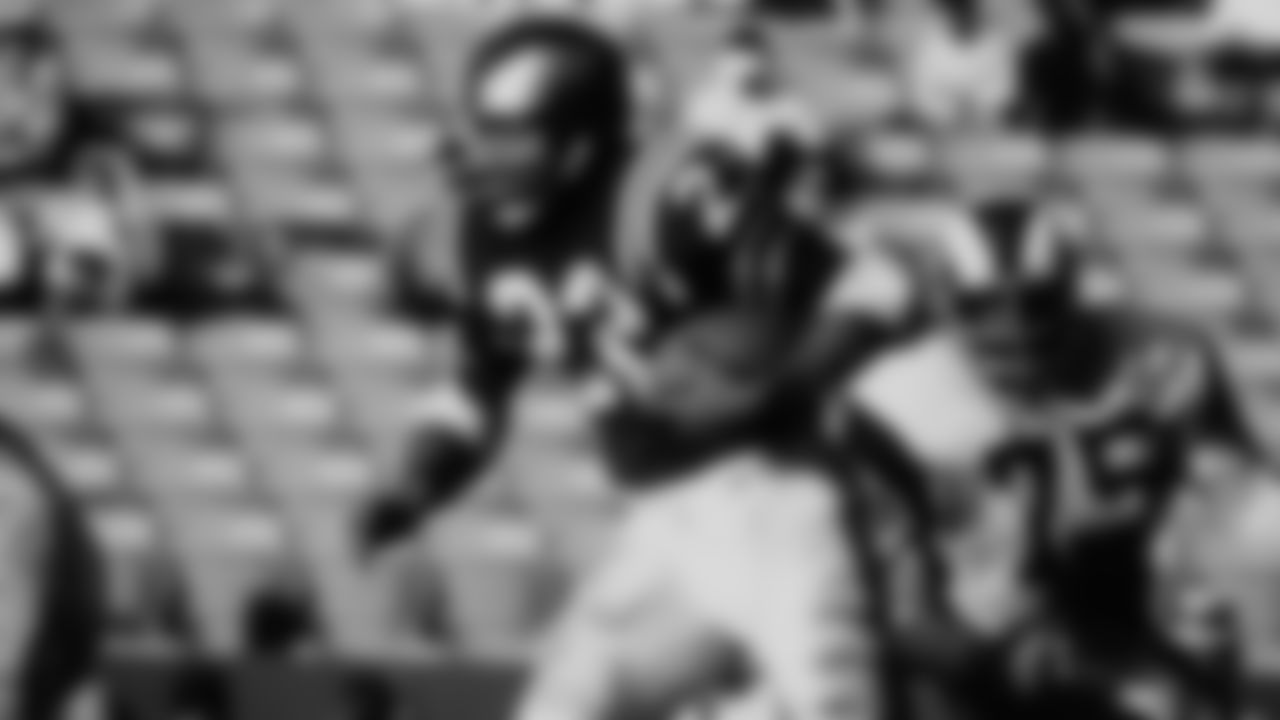
Timmy Brown was selected in the 27th round of the 1959 NFL Draft by Vince Lombardi and the Green Bay Packers. One year later, Brown and the Eagles handed Vince Lombardi the only playoff loss of his Hall of Fame career in the NFL Championship Game. Years later, Lombardi told Brown that releasing him was the roster move that he regret the most.

After being released by Green Bay, Timmy Brown signed with the Eagles prior to the 1960 season. Brown idolized Eagles Hall of Fame wide receiver Tommy McDonald in college. Now, the two were teammates and remained great friends over the years.
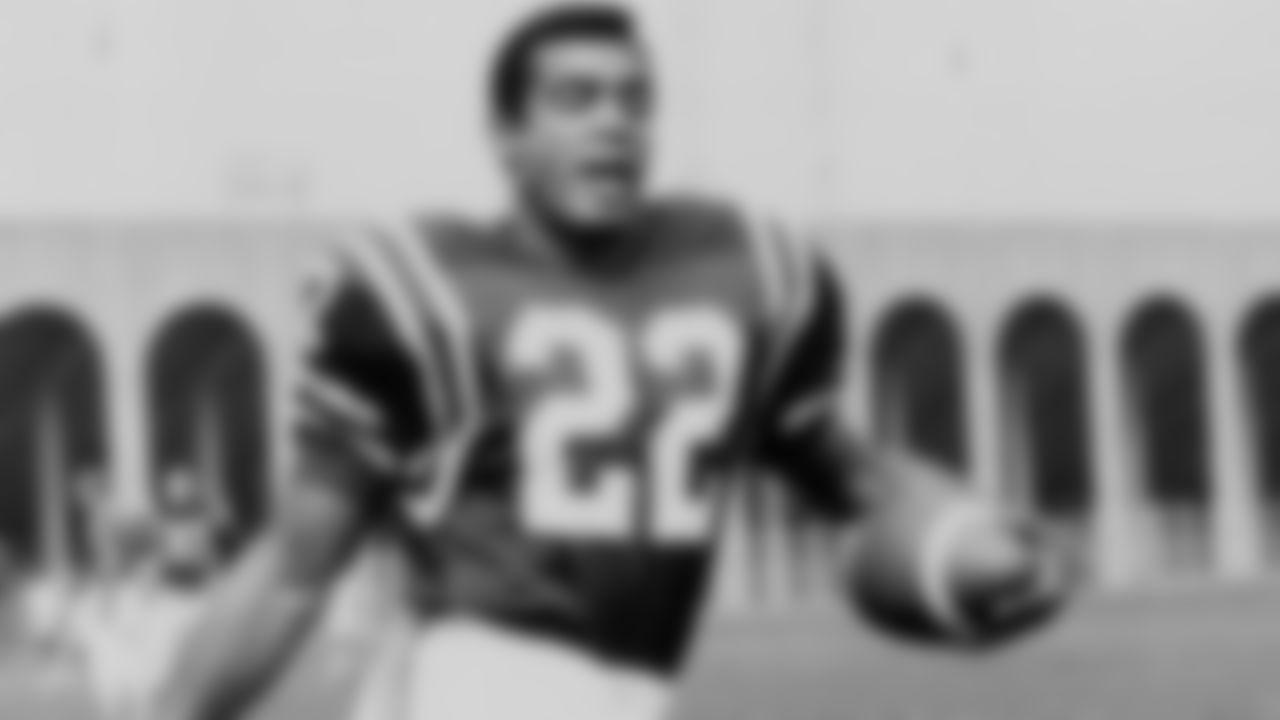
Timmy Brown was inducted into the Eagles Hall of Fame in 1990. Growing up in an orphanage, he finally felt like he had a place to call home in Philadelphia.
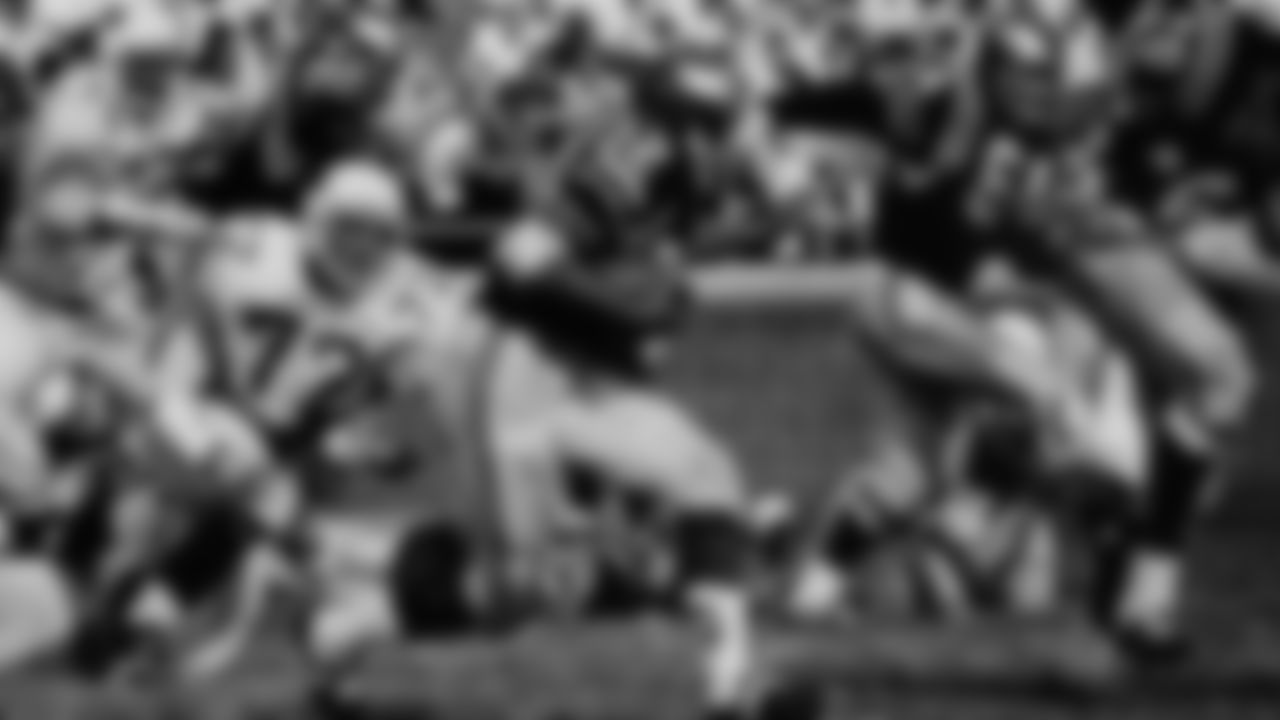
Timmy Brown led the NFL with 5.4 yards per carry in 1965. Brown was mentored by legendary Pro Football Hall of Fame running back Jim Brown, who admired Timmy's game in college.
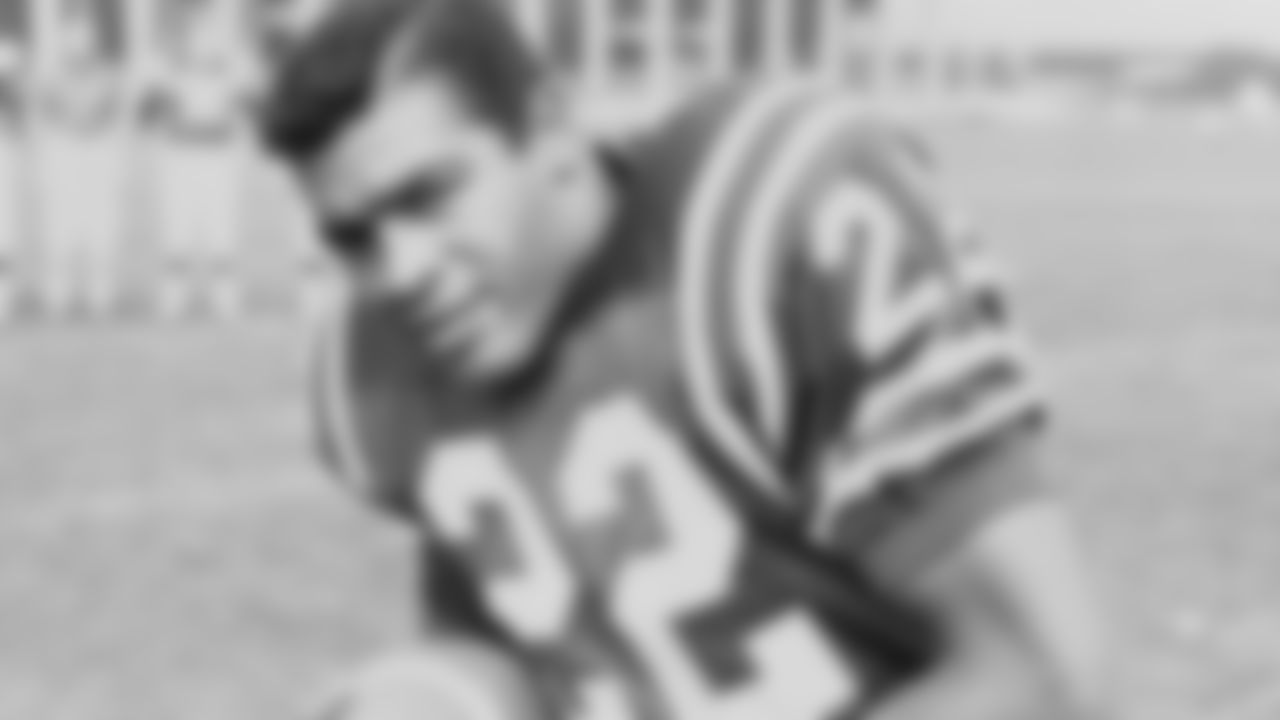
Former Giants Head Coach Allie Sherman said that Brown was so fast that he could run through the rain and not get wet.
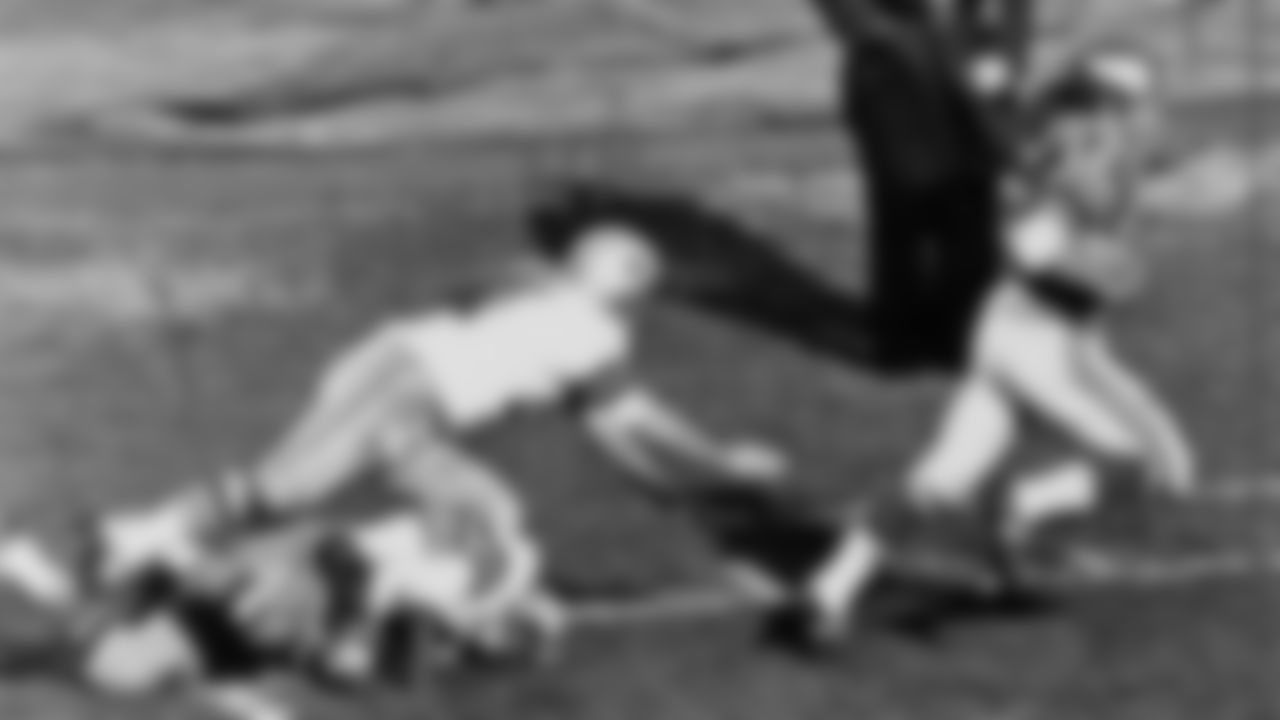
Timmy Brown set and NFL record by returning two kickoffs for touchdowns in the same game against Dallas in 1966. The Cowboys got revenge the following year when Cowboys linebacker Lee Roy Jordan bludgeoned Brown with an elbow to the face. Brown lost nine teeth and suffered a concussion. It turned the Eagles-Cowboys rivalry into the blood feud it is today.
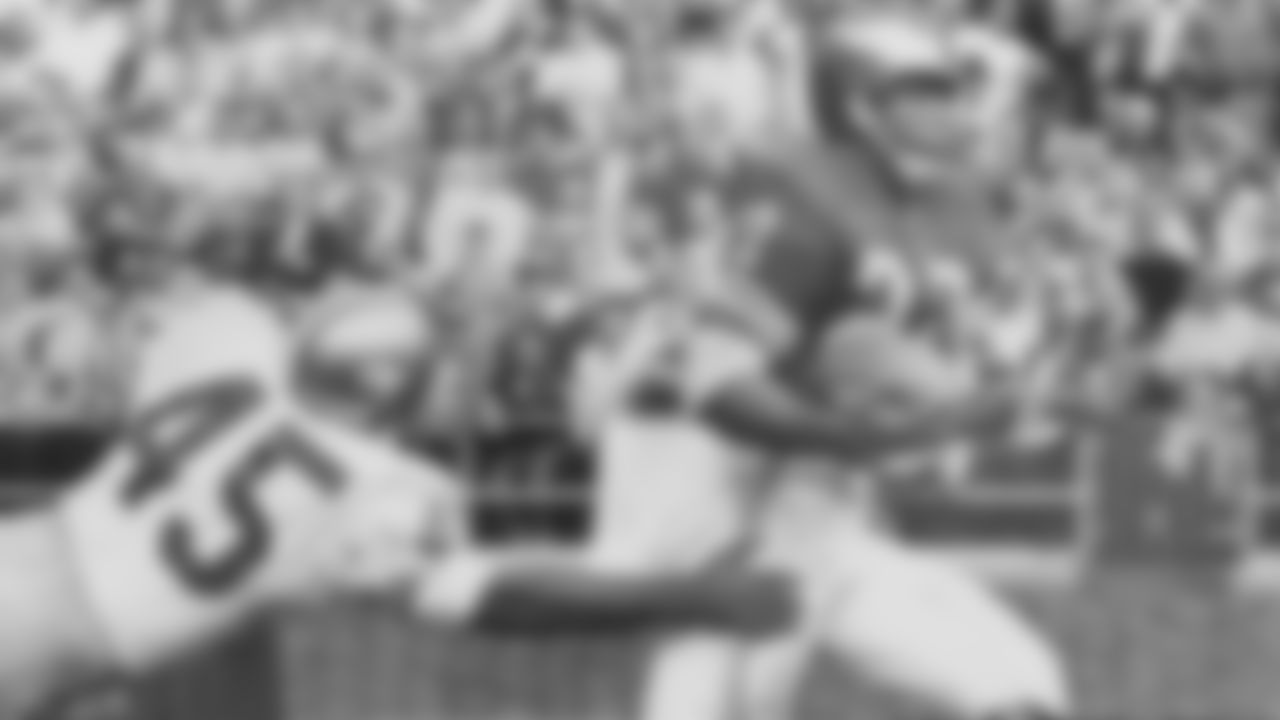
Timmy Brown led the NFL in all-purpose yards in 1962 and 1963, topping 2,000 yards in each season
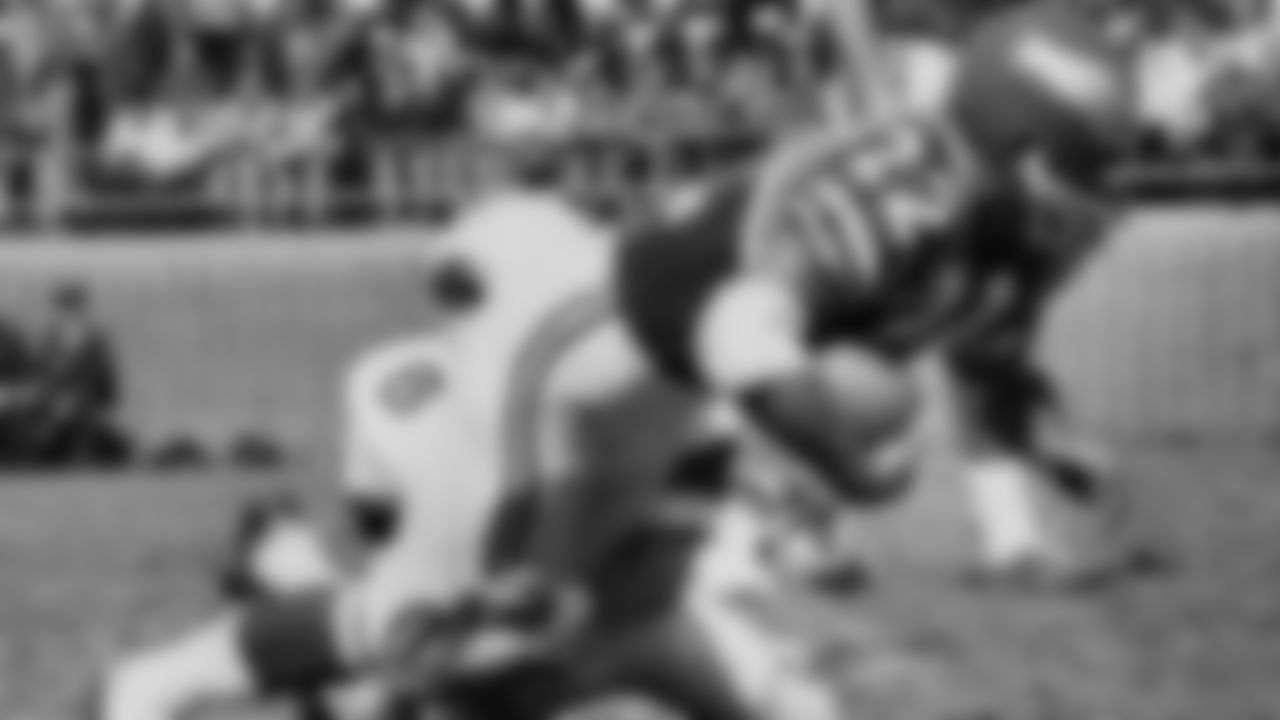
Timmy Brown gained more than 1,000 all-purpose yards every season from 1961-66
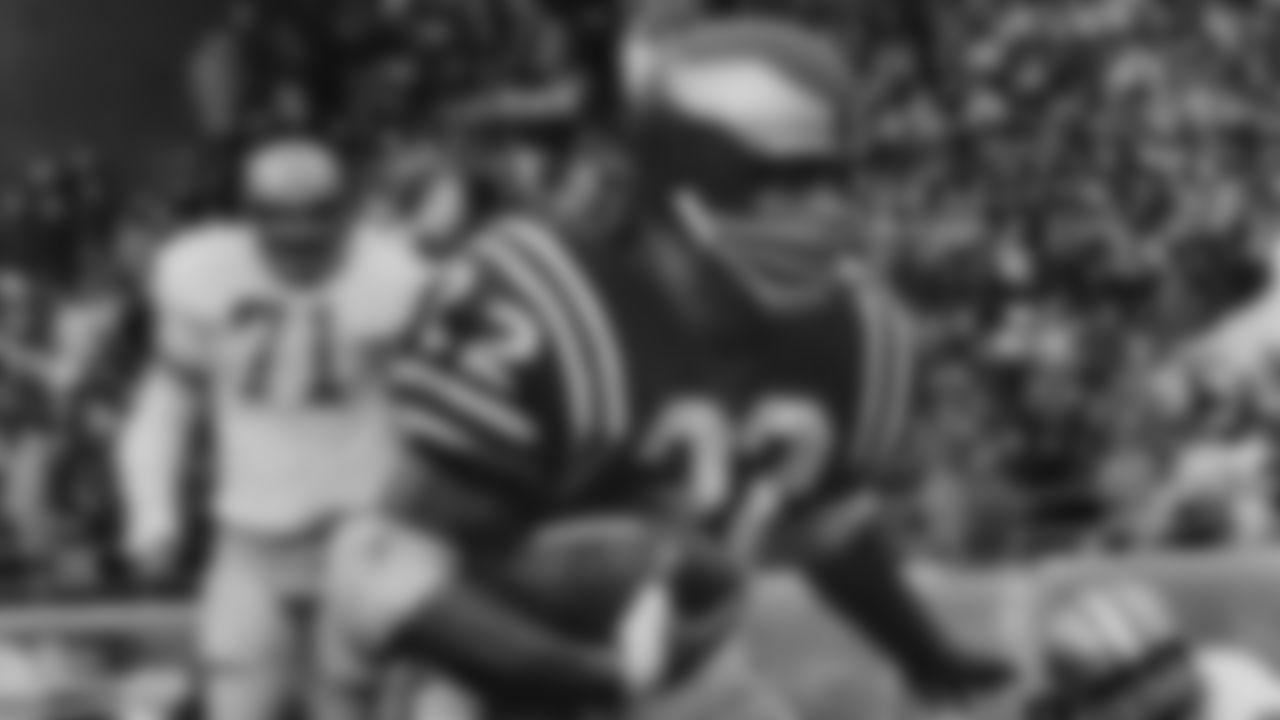
A signature moment in the Eagles-Cowboys rivalry involved Brown.

Timmy Brown gained a franchise-record 249 yards in a game against the Cardinals in 1962. The record stood until 2000

Timmy Brown still holds the franchise record for the most yards per touch in a single season with 7.42 in 1965, breaking his own franchise record that he set in 1962
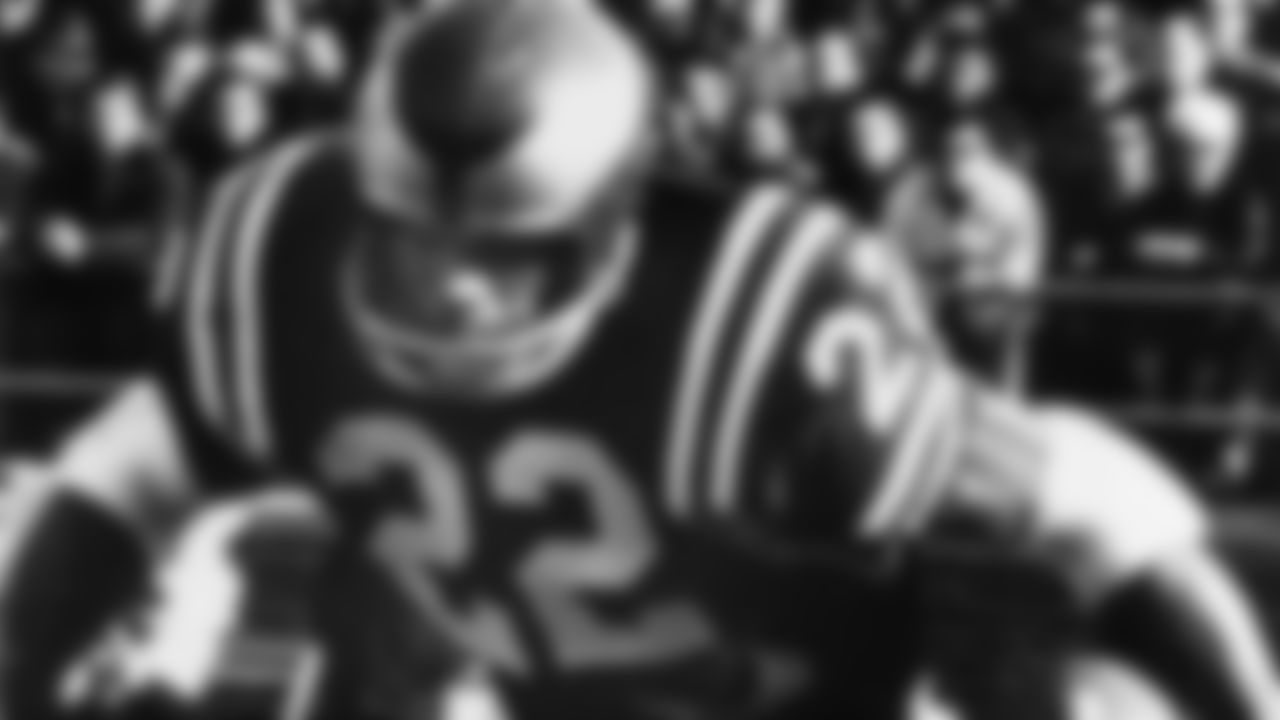
Timmy Brown currently holds the franchise record for most career kickoff returns (169), kickoff return yards (4,483), and kickoff return touchdowns (5)
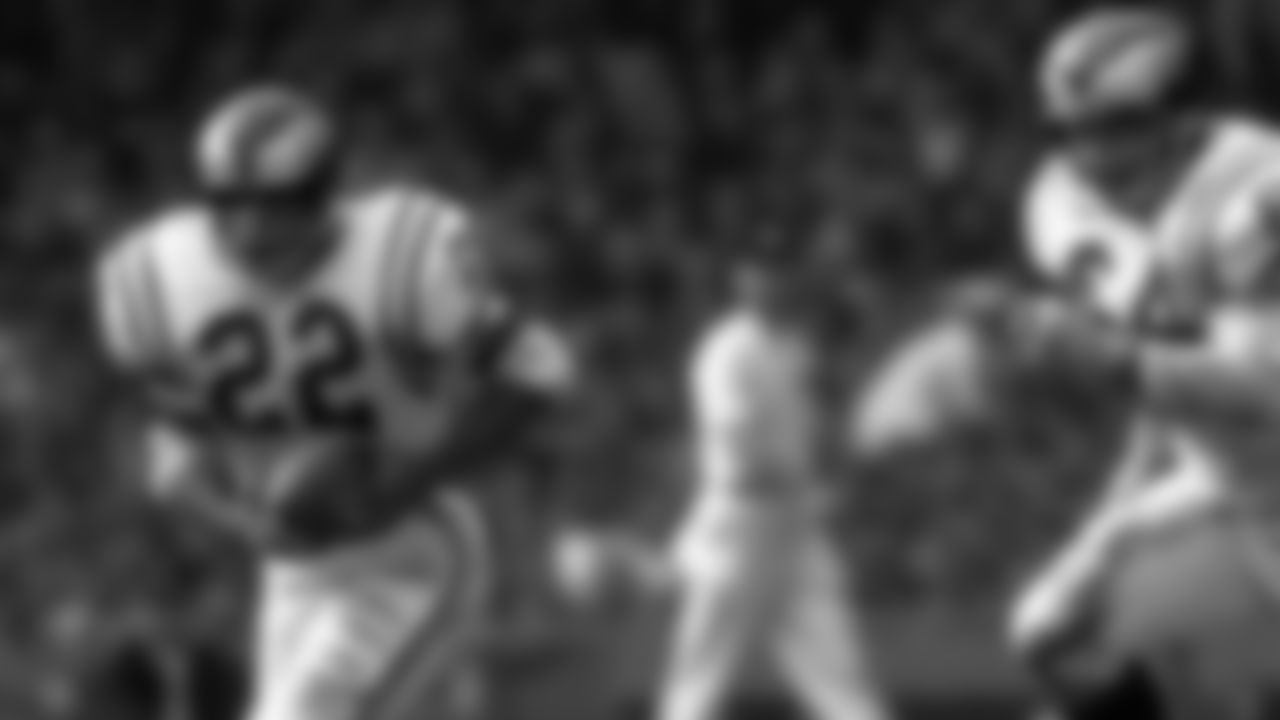
Timmy Brown's 105-yard kickoff return against the Browns in 1961 was the longest in franchise history until 2014
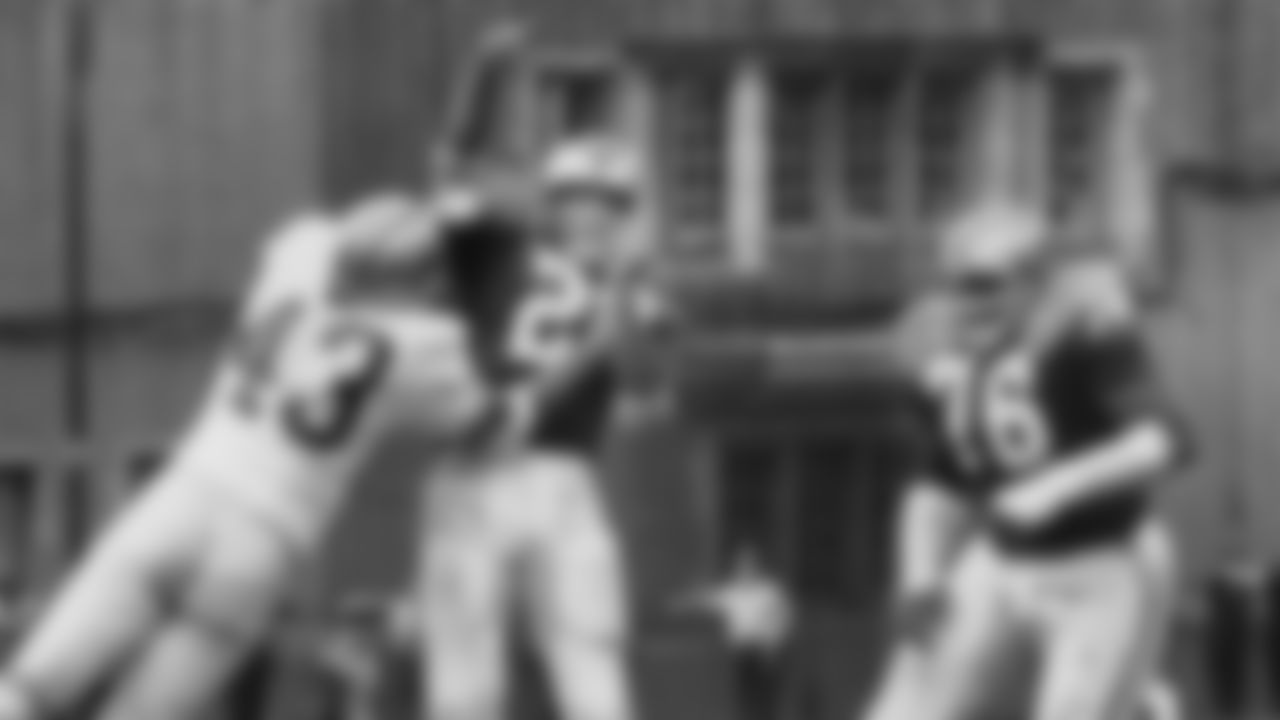
Timmy Brown had some famous fans. Sylvester Stallone said that he used to enjoy sneaking into Franklin Field to watch Brown play. Burt Reynolds said he wore No. 22 in his football movies because of Brown.

Timmy Brown gained 7,261 yards from scrimmage during his eight seasons with the Eagles
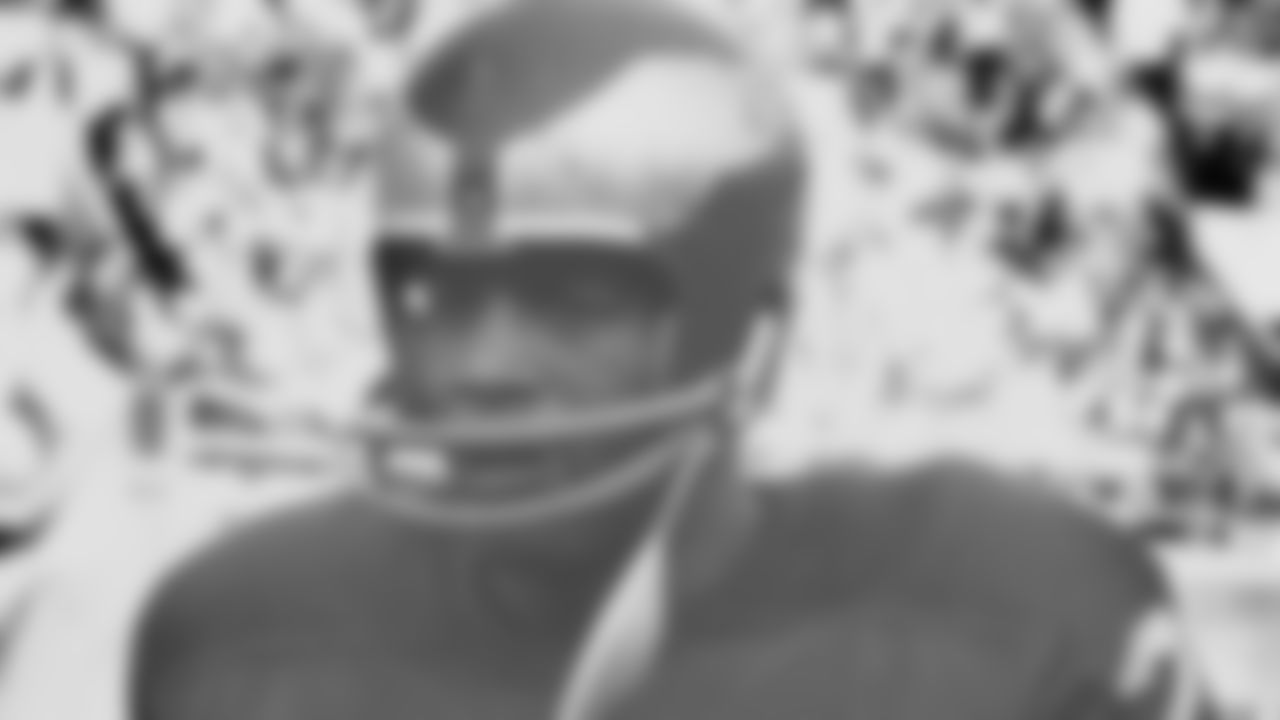
Timmy Brown scored 62 touchdowns during his time with the Eagles. He was also drafted by the NBA's Warriors, who were based in Philadelphia at the time.

Timmy Brown's time with the Eagles ended in 1967. His post-football career included working as a probation officer and at a juvenile detention center in the Los Angeles area helping provide second chances. His own experience as an orphan helped connect with those in need.
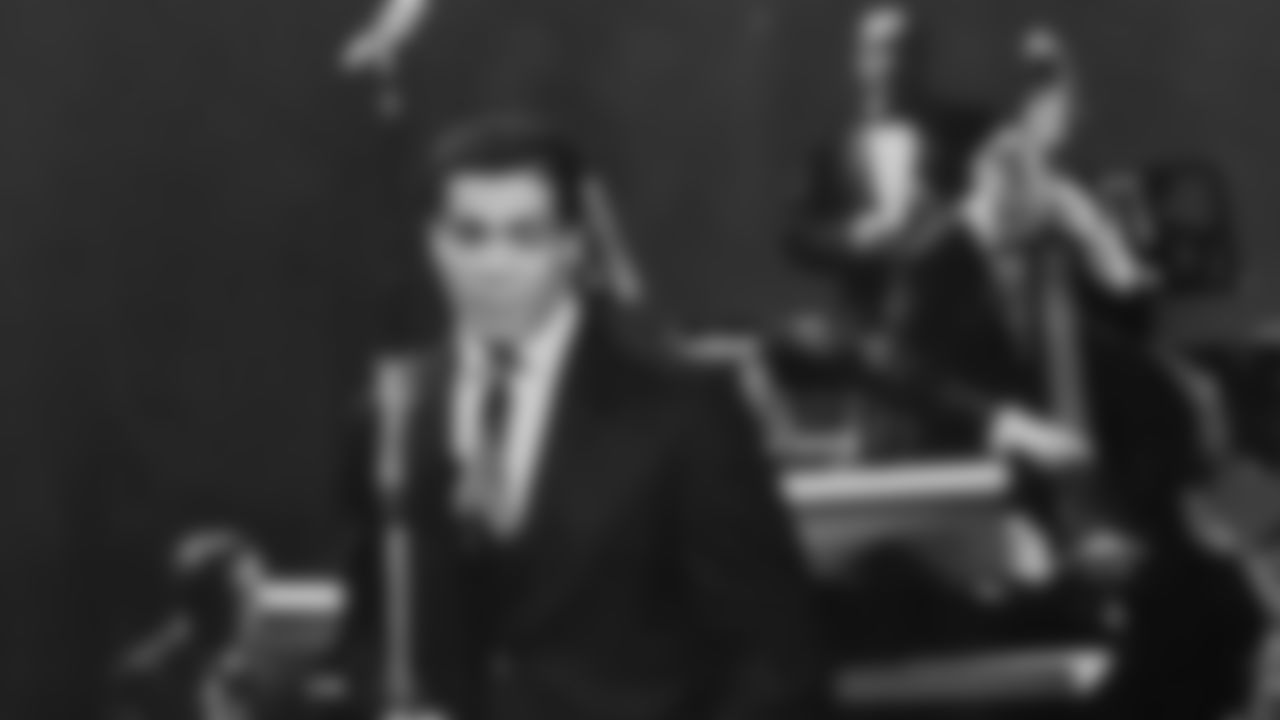
Timmy Brown took singing and acting lessons during his time with the Eagles and parlayed that into a post-football career that included performing as well as regular roles in movies directed by Robert Altman. He was also offered an analyst role on Monday Night Football, but turned it down.

Timmy Brown retired from football after the 1968 season. Here he returned to Philadelphia with his son, Sean, for his Eagles Hall of Fame induction in 1990.






















